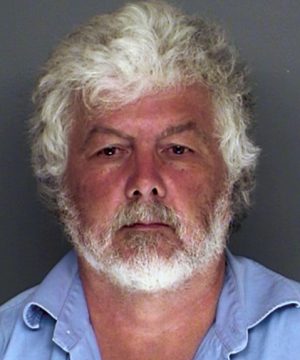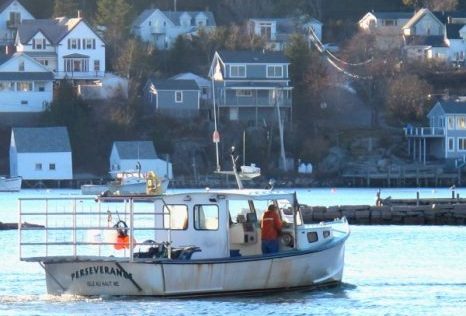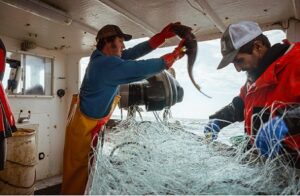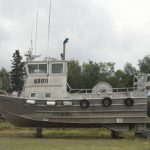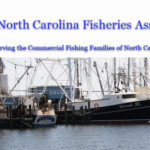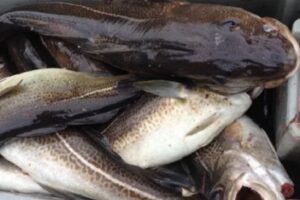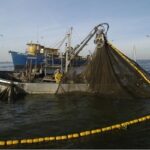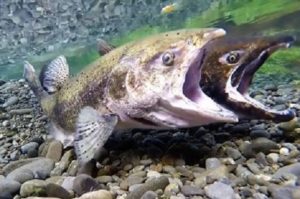Daily Archives: November 25, 2016
Northern cod plan kept from harvesters, FISH-NL’s Ryan Cleary says, FFAW Fires Back
 Almost six months after the FFAW and a number of seafood processors pitched it to the federal government, the breakaway group says it has obtained a copy of the 2016 Northern Cod Management Plan. Ottawa approved the plan in early August. Despite numerous public requests, the FFAW refused to release a copy to its membership, FISH-NL said in a news release Friday. “The stewardship plan is the most important document involving northern cod since the 1992 moratorium and not only weren’t fish harvesters consulted, the final plan was kept secret from them,” FISH-NL president Ryan Cleary said. Harvesters around the province have complained they weren’t consulted before the plan was handed down. Read the rest here. FFAW Press Release – Today, FISHNL’s Ryan Cleary called into question whether there should be an inshore northern cod fishery. Read the press release here 13:58
Almost six months after the FFAW and a number of seafood processors pitched it to the federal government, the breakaway group says it has obtained a copy of the 2016 Northern Cod Management Plan. Ottawa approved the plan in early August. Despite numerous public requests, the FFAW refused to release a copy to its membership, FISH-NL said in a news release Friday. “The stewardship plan is the most important document involving northern cod since the 1992 moratorium and not only weren’t fish harvesters consulted, the final plan was kept secret from them,” FISH-NL president Ryan Cleary said. Harvesters around the province have complained they weren’t consulted before the plan was handed down. Read the rest here. FFAW Press Release – Today, FISHNL’s Ryan Cleary called into question whether there should be an inshore northern cod fishery. Read the press release here 13:58
Provincial investment ‘absolutely necessary’ for massive Placentia Bay $230-million aquaculture project
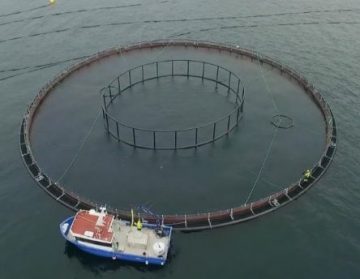 The companies behind a massive aquaculture project proposed for say government investment is “absolutely necessary,” but Fisheries and Aquaculture Minister Steve Crocker says the province will not be rushed into a decision. A spokesman for Grieg NL Nurseries and Grieg NL Seafarms told CBC News Thursday that an equity share in the $230-million project will be a “safe” investment for the province. “This is an excellent investment which will grow and pay the province back tenfold in both taxation and employment,” said Greig’s Perry Power.When asked if the project’s sanctioning hinges on an infusion of government money, Power said “my understanding has always been, in the position that I’m in, that the province’s involvement is absolutely necessary.” Grieg wants to construct the world’s largest salmon hatchery in Marystown, and create 11 “escape-proof” cage sites in Placentia Bay. Read the rest here 13:04
The companies behind a massive aquaculture project proposed for say government investment is “absolutely necessary,” but Fisheries and Aquaculture Minister Steve Crocker says the province will not be rushed into a decision. A spokesman for Grieg NL Nurseries and Grieg NL Seafarms told CBC News Thursday that an equity share in the $230-million project will be a “safe” investment for the province. “This is an excellent investment which will grow and pay the province back tenfold in both taxation and employment,” said Greig’s Perry Power.When asked if the project’s sanctioning hinges on an infusion of government money, Power said “my understanding has always been, in the position that I’m in, that the province’s involvement is absolutely necessary.” Grieg wants to construct the world’s largest salmon hatchery in Marystown, and create 11 “escape-proof” cage sites in Placentia Bay. Read the rest here 13:04
The real reason why you’re suddenly seeing whales in N.J. and N.Y. waters
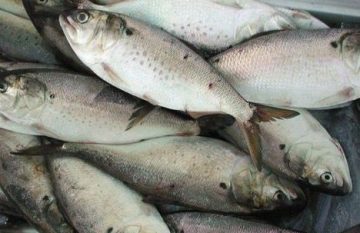 Whales. They’ve been seemingly everywhere. Breaching just past the sandbars in Asbury Park. Swimming past groups of surfers in Rockaway Beach. Besides inspiring a chorus of oohs and aahs, the increase in sightings is adding a blubbery new wrinkle to a raging debate over a far smaller fish: the Atlantic menhaden. It’s the menhaden, also known as “bunker” — clumsy, multidinous, slow swimming virtual floating hamburgers — that those whales are chasing. But the story of why Atlantic menhaden is suddenly so plentiful is a complicated — and controversial — one, pitting environmentalists and anglers against commercial fishing operations, with both sides claiming science is on their side. Read the story here 12:33
Whales. They’ve been seemingly everywhere. Breaching just past the sandbars in Asbury Park. Swimming past groups of surfers in Rockaway Beach. Besides inspiring a chorus of oohs and aahs, the increase in sightings is adding a blubbery new wrinkle to a raging debate over a far smaller fish: the Atlantic menhaden. It’s the menhaden, also known as “bunker” — clumsy, multidinous, slow swimming virtual floating hamburgers — that those whales are chasing. But the story of why Atlantic menhaden is suddenly so plentiful is a complicated — and controversial — one, pitting environmentalists and anglers against commercial fishing operations, with both sides claiming science is on their side. Read the story here 12:33
Crabbing halted off Oregon coast
 State agriculture officials in Oregon have shut down commercial and recreational crabbing along the entire coast because of high levels of domoic acid found in the crabs’ flesh. The says the ban includes the harvest of Dungeness and red rock crab in bays and estuaries, off docks, piers, jetties and in the ocean. Consumption of domoic acid can result in dizziness, headaches, vomiting and diarrhea. More severe cases can result in memory loss and death. Closure of the crab season last year along the Pacific coast due to domoic acid contamination caused crabbers to lose millions. Despite the delay, crab and shellfish products sold in retail markets and restaurants remain safe for consumers. Link 08:40
State agriculture officials in Oregon have shut down commercial and recreational crabbing along the entire coast because of high levels of domoic acid found in the crabs’ flesh. The says the ban includes the harvest of Dungeness and red rock crab in bays and estuaries, off docks, piers, jetties and in the ocean. Consumption of domoic acid can result in dizziness, headaches, vomiting and diarrhea. More severe cases can result in memory loss and death. Closure of the crab season last year along the Pacific coast due to domoic acid contamination caused crabbers to lose millions. Despite the delay, crab and shellfish products sold in retail markets and restaurants remain safe for consumers. Link 08:40
Glow-in-the-dark rope a lifesaver at sea, Halifax maker says
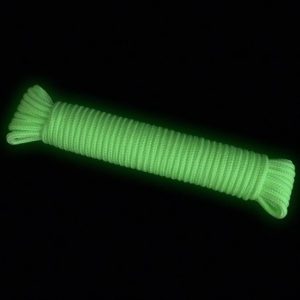 Matthew Moore is no stranger to the Atlantic Ocean where he spent many days fishing for fun as he grew up in Halifax. But he has also seen just how treacherous the sea can be. When he was 20, he lost a friend to it. That tragedy instilled in Mr. Moore a keen interest in marine safety. He serviced lifesaving appliances such as life rafts and lifebuoys (personal flotation devices with a buoyant rope attached) on the East Coast before moving to New Zealand to run a marine-safety company for several years. When Mr. Moore heard about a Swiss-made synthetic, luminescent fibre, a light bulb went on. He secured the sole rights to that material and, along with his father, developed a buoyant rope that glows in the dark. With it, he’s hoping to propel his company, Canada Rope and Twine Ltd., to commercial success while saving lives at the same time. Read the story here 08:14
Matthew Moore is no stranger to the Atlantic Ocean where he spent many days fishing for fun as he grew up in Halifax. But he has also seen just how treacherous the sea can be. When he was 20, he lost a friend to it. That tragedy instilled in Mr. Moore a keen interest in marine safety. He serviced lifesaving appliances such as life rafts and lifebuoys (personal flotation devices with a buoyant rope attached) on the East Coast before moving to New Zealand to run a marine-safety company for several years. When Mr. Moore heard about a Swiss-made synthetic, luminescent fibre, a light bulb went on. He secured the sole rights to that material and, along with his father, developed a buoyant rope that glows in the dark. With it, he’s hoping to propel his company, Canada Rope and Twine Ltd., to commercial success while saving lives at the same time. Read the story here 08:14






